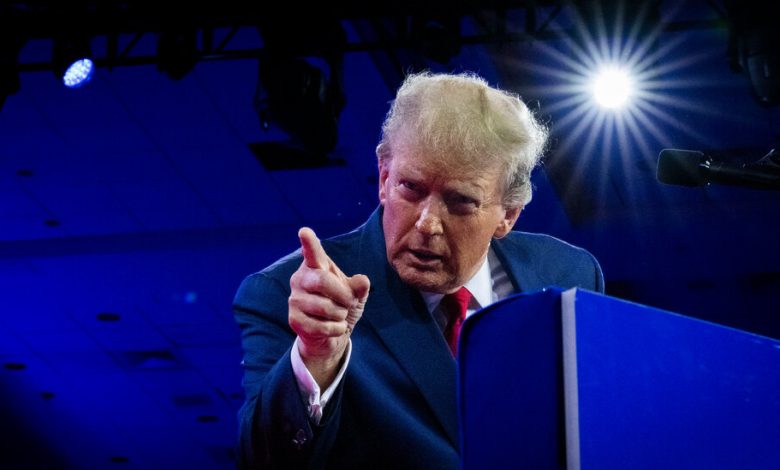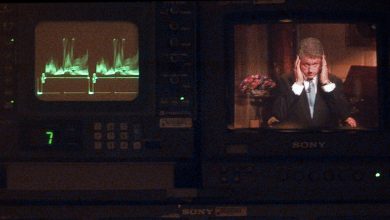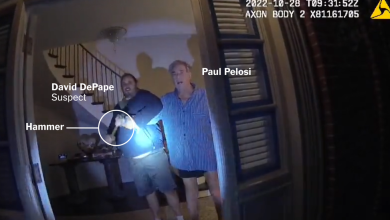Prosecutors Reject Claims of Unfairness in Trump Classified Documents Case

Federal prosecutors on Monday rejected former President Donald J. Trump’s claims that he was unfairly charged with holding on to classified documents after he left office, saying that his case bore no comparison to the one in which President Biden was cleared of wrongdoing even though he was found in possession of classified materials after leaving the vice presidency.
In rebuffing what was known as a “selective prosecution” claim by Mr. Trump, the prosecutors said that while many government officials over the years had taken classified materials with them after leaving office — often inadvertently, but occasionally willfully — Mr. Trump’s case remained unique because of the extent to which he had “resisted the government’s lawful efforts to recover them.”
“There has never been a case in American history in which a former official has engaged in conduct remotely similar to Trump’s,” they wrote.
In their 12-page filing, the prosecutors dismissed as a “conspiracy theory” a separate claim that Mr. Trump has raised in his own defense — that Mr. Biden had “secretly directed” the classified documents case and used the special counsel who filed the indictment, Jack Smith, as a “puppet” and a “stalking horse.”
“Decisions made by the Department of Justice generally, and the special counsel specifically, have been made on the basis of the facts and the law, not political considerations,” the prosecutors wrote. “The defendants offer no evidence to the contrary, because there is no such evidence.”
Selective prosecution motions are notoriously difficult to win because they require defendants to prove, in effect, that prosecutors discriminated against them by failing to bring charges against “similarly situated individuals.” Mr. Trump’s lawyers have been arguing for months that Mr. Smith selectively and vindictively brought his case against the former president during his campaign for the White House for partisan political reasons.





